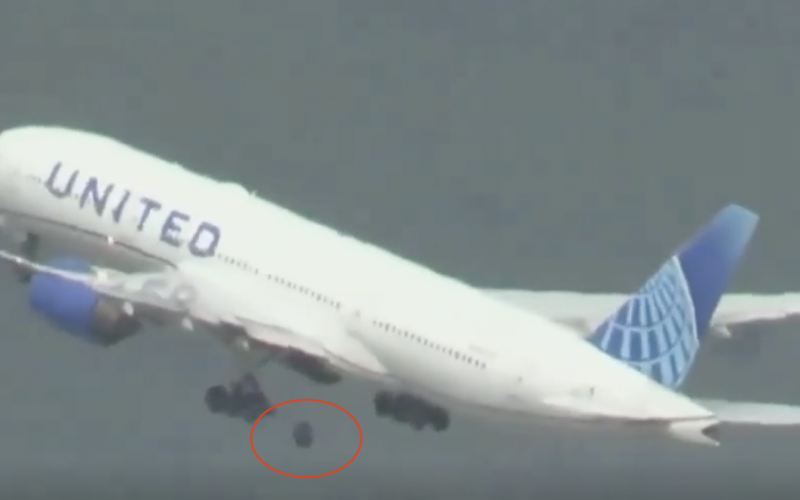Boeing Engine Ripped: A Close Call at High Altitude
When you think of flying, safety usually comes to mind first. But not all flights are smooth sailing! A Boeing 737 recently gave passengers a real scare during a routine flight from Denver to Houston. The drama unfolded when the engine’s cover started to tear off just as the plane lifted off.
The Southwest Airlines flight was barely airborne when a piece of the engine’s metal casing ripped off and began flapping wildly. Passengers gazed out their windows in horror as the plane’s anatomy was dramatically revealed. This terrifying moment was captured on video, which showed the engine cowling—the protective cover—dancing in the wind like a piece of paper.
A Ripping Start to a Flight
Imagine settling into your seat for a peaceful flight and suddenly witnessing parts of your plane disintegrating. This was the reality for those aboard the Southwest flight. The engine cowling started ripping apart, causing a frenzy among passengers and crew alike. Thankfully, the pilots were quick to react to the situation.
They managed the escalating situation with cool heads and steady hands. As the ripped piece finally detached completely, the pilots carefully brought the plane to a stop on the runway. The exposed turbine was a stark reminder of what could have gone wrong. But thanks to the skillful actions of the flight crew, the plane was safely grounded without further incident.
Pilots’ Quick Action Prevents Disaster
The pilots’ swift and precise response prevented what could have been a catastrophic event. Their training and composure under pressure ensured the safety of everyone on board. The passengers were ushered off the plane and transferred to another flight, which took them to their destination in Houston, albeit a few hours late.
Southwest Airlines has since praised the crew’s handling of the situation. The airline has launched a full investigation into the cause of the mechanical failure. This incident is just one of several recent mechanical issues involving Boeing planes, but the successful handling of such emergencies reassures the public that safety protocols are effective.
Investigation Underway Amidst Mechanical Woes
Boeing finds itself under scrutiny as this incident adds to a growing list of recent mechanical failures. Previous problems have included a lost tire on a United Airlines flight and a blown-out door on a Boeing 737 Max 9, each necessitating emergency responses. These issues are becoming too common, prompting an urgent review of Boeing’s manufacturing and maintenance practices.
The airline industry’s reputation for safety is built on the principle of redundancy and rigorous maintenance standards. As Boeing faces these mechanical challenges, the importance of stringent quality control and continuous improvement in aviation technology is ever more apparent. Ensuring the reliability of aircraft components is paramount to maintaining public trust in air travel.
Rethinking Air Travel?
Given these frightening incidents, it’s understandable that some passengers might think twice about their future air travel plans. The sight of airplane parts detaching during flight is unsettling, and it raises questions about the overall safety of flying. However, such incidents are rare, and the swift responses demonstrate the robustness of safety measures in place.
Yet, for many, the convenience and efficiency of flying will continue to outweigh these rare risks. The aviation industry’s ongoing commitment to safety and improvement helps to reassure the public. As investigations lead to enhancements, the hope is that air travel will become even safer, quieting fears and reaffirming its status as the safest form of long-distance travel.
Safety in the Skies
The recent issues at Boeing have brought attention to the complexities of airplane maintenance and the critical role of quick-thinking airline crews. These events underscore the challenges of ensuring safety across thousands of flights daily worldwide. Despite these hurdles, the dedication to safety remains unwavering, proving that the skies are still one of the safest places to be.








